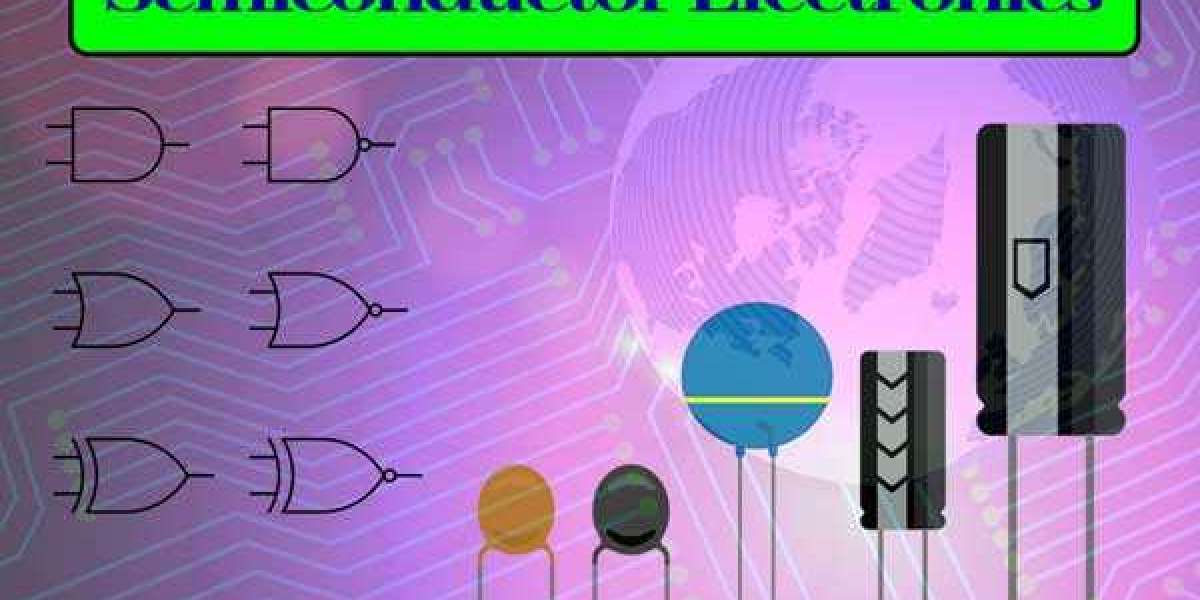The realm of printing is a symphony of intricate processes, where precision is paramount and every detail matters. In the dynamic world of flexo and rotogravure printing, the demand for excellence is unyielding. Among the tools that uphold this standard, the stroboscope emerges as a silent hero, providing a glimpse into the rapid and complex motions of printing machines. This article delves into the significance of stroboscopes in the printing industry, exploring their types, working principle, and their role in ensuring top-notch print quality.
Understanding the Working Principle of Stroboscopes: Illuminating Motion
At the heart of every stroboscope lies a phenomenon known as the "persistence of vision." This concept leverages the human eye's ability to retain an image for a fraction of a second after the light source disappears. A stroboscope harnesses this phenomenon by emitting rapid bursts of intense light at precise intervals. When the flash frequency aligns with the motion frequency of an object, the object appears stationary or moves in slow motion to the observer.
The basic components of a stroboscope include a high-intensity light source, frequency control mechanisms, and synchronization methods. By adjusting the flash frequency and synchronizing it with the machinery's motion, operators can gain insights into high-speed processes that are otherwise imperceptible to the naked eye.
Types of Stroboscopes: Catering to Precision in Printing
Stroboscopes come in various types, each designed to cater to specific requirements in the printing industry:
Fixed Stroboscopes: These stroboscopes are permanently installed in workstations, providing continuous illumination and monitoring of printing machine components. They excel in quality control, alignment tasks, and maintenance.
Portable Stroboscopes: Designed for mobility, portable stroboscopes offer on-the-spot inspections and troubleshooting. Their handheld design allows operators to easily navigate and analyze complex printing setups.
Digital Stroboscopes: Incorporating digital technology, these stroboscopes offer microprocessor control and precise frequency adjustments. They come with multiple operating modes for different printing scenarios.
Tube Stroboscopes (U-Tube Stroboscopes): With their U-shaped flash tubes, these stroboscopes provide broader coverage. They are ideal for inspecting larger printing components, such as cylinders and rollers.
Hand Model Stroboscope: Compact and user-friendly, these handheld stroboscopes offer quick inspections and troubleshooting tasks. They utilize energy-efficient LED light sources.
Applications of Stroboscopes in Flexo and Rotogravure Printing Machines:
Print Registration: Stroboscopes play a pivotal role in ensuring precise print registration. By illuminating printing cylinders and plates, operators can assess color alignment and make necessary adjustments.
Quality Control: Inspecting printing rollers, anilox rolls, doctor blades, and other components for defects becomes efficient with stroboscopes. Operators can identify irregularities that may affect print quality.
Troubleshooting: When issues arise during printing, stroboscopes aid in diagnosing problems. Operators can observe the motion of gears, rollers, and other parts to pinpoint mechanical issues.
Maintenance: Stroboscopes facilitate routine maintenance by allowing inspections while the machine is running. Operators can identify wear, misalignments, and issues requiring attention.
Optimization: Stroboscopes assist in fine-tuning printing processes by analyzing component interactions. This optimization leads to improved print quality, reduced waste, and enhanced efficiency.
Selecting the Best Stroboscope for Printing Excellence:
When choosing a stroboscope for the flexo and rotogravure printing industry, several factors come into play:
Print Complexity: The intricacy of the printing process dictates the type of stroboscope needed for optimal analysis.
Component Size: The size of printing cylinders, rollers, and other components influences the stroboscope type best suited for inspection.
Mobility: Consider the need for fixed monitoring or on-the-spot inspections when selecting a stroboscope type.
Frequency Adjustments: Precise control over flash frequency is essential for accurate observation.
Ease of Use: Choose a stroboscope that operators can easily handle and operate, considering the complexity of printing setups.
Read more:- Fixed Stroboscope || Industrial Stroboscope || Stroboscope || Digital Stroboscope || Tube Stroboscope || Portable Stroboscope || Hand Model Stroboscope || LED stroboscope || Handy Stroboscope || stroboscope light || Stroboscope Fixed model || Fixed Mount Stroboscope || Fixed Mount LED Stroboscope || Xenon Stroboscope || Portable strobe light || U-Tube Stroboscope || Tube Stroboscope
In the realm of flexo and rotogravure printing, stroboscopes stand as guardians of precision, enabling operators to achieve and maintain the highest quality print results. Through their ability to reveal the hidden details of fast-moving processes, stroboscopes empower the printing industry to uphold its commitment to excellence and produce impeccable works of art with each stroke of the press.
In conclusion
the integration of stroboscopes into the world of flexo and rotogravure printing machines represents a marriage of technology and artistry. As these printing techniques continue to evolve, the stroboscope remains a steadfast companion, unveiling the secrets of motion and contributing to the ongoing legacy of high-quality prints








